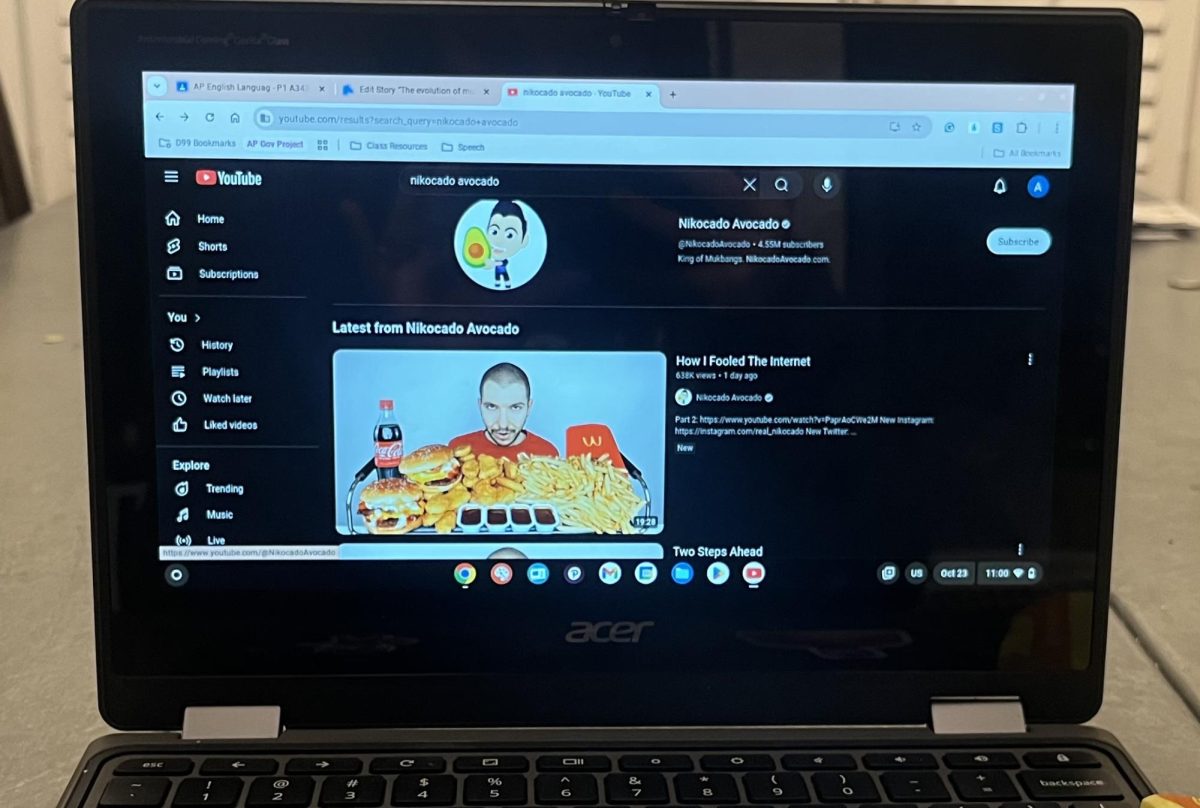Sometimes you just need someone to eat with. Life can get lonely sometimes and having someone to share a meal and sit with can make that time a little brighter. Thus, the evolution of mukbangs.
Originating from the Korean word meokbang, mukbangs are meant to be eating broadcasts. Starting as a way to make eating less lonely, mukbangs would entail people sitting alone or with friends and dishing out drama or just day-to-day life; watching mukbangs used to be a great way to stay in touch with the latest YouTube drama. Famous YouTubers like Tana Mojo would join other influencers and eat a fast food meal by sharing the lore about people on the internet.
Oh, how things have changed.
If you were to google “mukbangs” right now, your feed would be flooded with images of an entire McDonald’s menu in front of one person, and over the course of 10-60 minutes, these people will eat the entirety of the food in front of them. These videos can range from five-star meals to fast food, with all different means of entertainment. No longer are mukbangs a tea session with friends, but rather a gluttony-filled form of entertainment.
To say that mukbangs are one specific type of video would be a vast understatement, but the gluttony still stands.
The most widely known form of mukbangs would be those in which influencers eat copious amounts of food typically residing from one restaurant. Influencer Nikocado Avocado is well known for his videos eating copious amounts of ramen or McDonald’s has gotten an uprising of hate for the unnecessary amounts of food being purchased and consumed. However, he has since undergone a major transformation that has left fans questioning all his content over the past few years.
Like Nikocado Avocado, influencers famous for their mukbangs typically have a trademark they are most known for. Influencer under the name of Jellybean Sweets is most known for her aggressive fast drinking of fast food beverages; she has also gained hate because people view her mukbangs as unhealthy and can result in addictive behaviors. While some seem to love mukbangs because they are so out there and unrealistic for the average person, others hate them for the same reasons.
The internet is now divided over something that used to be as simple as sharing a meal with someone. With a rise in hate surrounding mukbangs, the word gluttony is the main focus. Amongst haters, the common ground is that these videos are selfish and unhealthy, influencing younger minds that this type of behavior is normal and okay; otherwise promoting obesity.
There is still a bright side to the mukbang community though. As I mentioned before, mukbangs come in all shapes and sizes, some that even pique my interest. Influencers still do the old-school talking-over-a-meal kind of mukbangs, but now some people will put a camera at the bottom of a bowl and film them eating noodles, which is hilarious.
Mukbang has now evolved into such a broad term that just stating my opinion of the gluttonous mukbangs wouldn’t cover them all. You won’t catch me enjoying or even watching the Nikocado videos, but I might get a good laugh from the 360-degree camera noodle eating.







